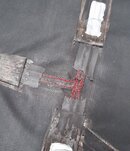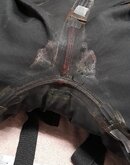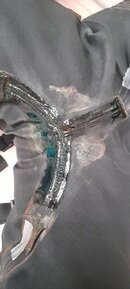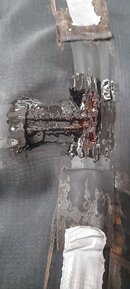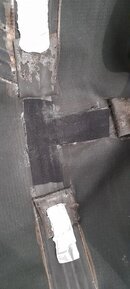OP
Hi Rob,
unfortunately - too late. I spent hours and hours to get rid of the old glue. See the attached pictures....
After cleaning everything I applied the first layer of glue and, of course, used quite a bit of it.
Instead of applying the patches straight away, I will apply a second layer of glue inf a few hours and will apply them patches tomorrow instead.
Since the patches come with their own layer of glue which is heat activated, I consider it a better option to allow the glue to cure and afterwards apply the patch as protection of the glued layer. This of course, again, is based on nothing but my incompetence. ;D
unfortunately - too late. I spent hours and hours to get rid of the old glue. See the attached pictures....
After cleaning everything I applied the first layer of glue and, of course, used quite a bit of it.
Instead of applying the patches straight away, I will apply a second layer of glue inf a few hours and will apply them patches tomorrow instead.
Since the patches come with their own layer of glue which is heat activated, I consider it a better option to allow the glue to cure and afterwards apply the patch as protection of the glued layer. This of course, again, is based on nothing but my incompetence. ;D



